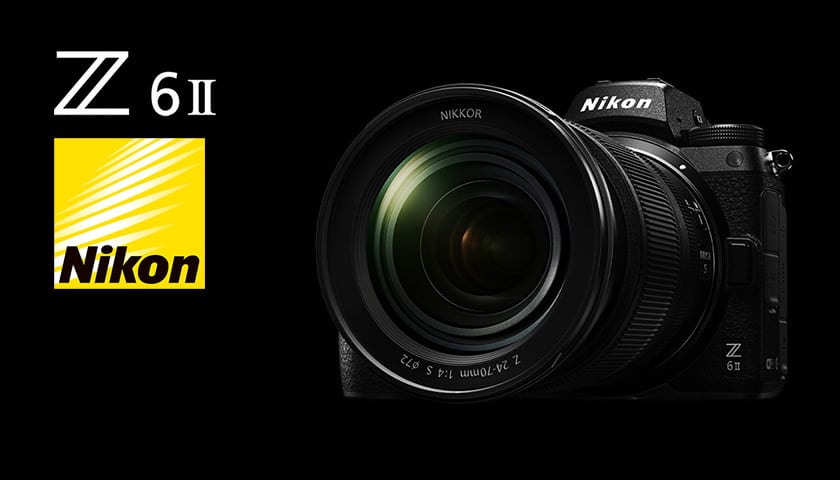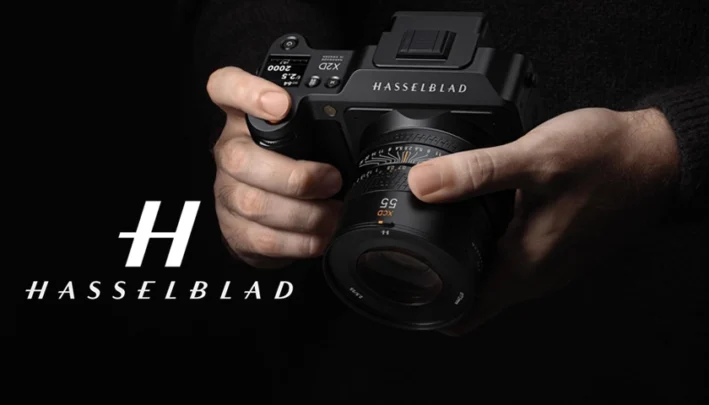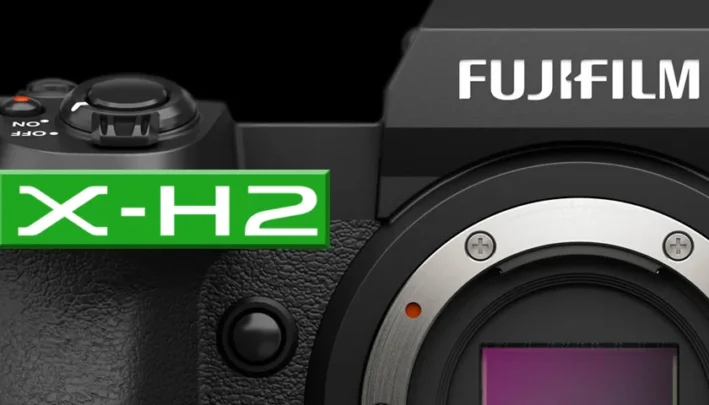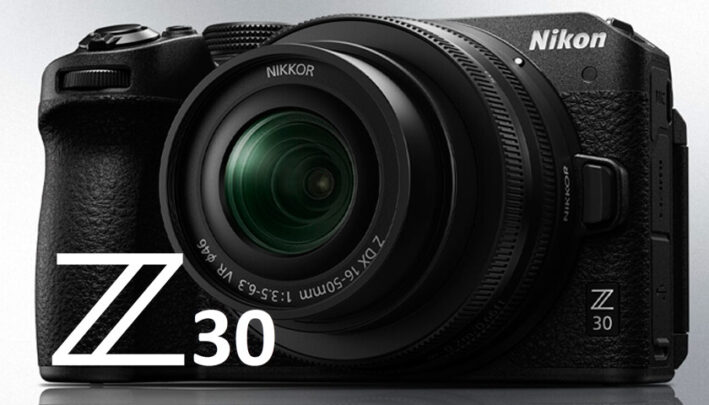Hits: 3
Last month, we had the Z 7II on test. This issue, it’s the turn of the Nikon Z 6II, a 24.5 megapixel, full-frame, mirrorless model with an awesome array of features for stills – it’s very endowed for pro movie shooting, too
Nikon refreshed its full-frame Z 6 and Z 7 cameras last year, and while the Z 6II and Z 7II aren’t radically different from their predecessors, they are worthwhile evolutions with key additions. Both have two dual card slots, a CFexpress B/XQD and SD, and there’s been a ramping up of processing power with the addition of a second Expeed 6 processor. This means superior performance, notably in autofocus. The one card slot on the Z 6/Z 7 has been a bone of contention, especially as it was expensive to feed. It was originally XQD, but nowupdated to XQD and CFexpress B. Perhaps Nikon should have taken the Sony route and made the Z 6II/Z 7II take both CFexpress A or SD, or gone for two SD slots.
Specifications

Our test sample had the latest firmware, v1.10, made available in late February. This update offered improvements to the Z 6II’s face detect skills in auto area AF (people) and wide area AF (people) modes, working well even when the subject was small in the frame. It was also significant for movie makers, with 4K UHD now available in 50p/60p (APS-C only) and Raw video output when using Blackmagic external hard drives.
Nikon sees the Z 6, and now the Z 6II, as a hybrid, with a strong movie feature set, and the Raw-enabled Z 6II is being sold in an Essential Movie Kit for 4000,00 $, including an Atomos Ninja V, FTZ adapter, a Smallrig quick release camera cage and various accessories.
Externally in control layout and menu structure, the Z 6II is typically Nikon, with key controls including compensation, ISO and on/off controls on the right, along with two input dials andmovie record button. Add a good sized and prominent AF-ON button, an equally usable stills/video switch and focus lever and we’re talking a camera with good handling characteristics.
Power Supply
The Z 6II has USB-C charging, but if you need greater capacity and enhanced vertical shooting, there’s the option of the MB-N11 battery grip at 495,00 $, which can also accept two batteries that can be hot-swapped so there’s no power loss to the camera. This grip also has a shutter release, input dials and a focus lever, plus there’s a USB-C port and the two batteries can be charged with the grip off the camera.

We‘ve seen several recent cameras with monitors that can be angled to face forward for vloggers/selfie shooting, but that’s not available on the Z 6II. It can be tilted for high-/low-level shooting and has a touch monitor with touch shooting, touch AF and touch playback functions. One feature missing is touch and drag AF, which is handy when using the Electronic View Finder, and faster than the focus lever. There is the menu option of having every other AF point working that does speed up focus lever operation.
The Z 6II does give the option of an info-free Electronic View Finder and monitor image via the movie record button, but annoyingly this resets on power down.

Speaking of autofocusing, the Z 6II has 273 zones covering around 90% of the image area, just like its predecessor.
Our sample arrived with the old firmware, but updating is simple and takes a few minutes. Of course, once updated, we couldn‘t do a direct A/B comparison with the previous firmware, but the ability to pick up more quickly on smaller faces did seem better as the subject moved around the screen. The very best current AF systems are remarkable, highly sensitive and limpet-like once the subject is acquired. And, while the Z 6II is very good, it’s perhaps a level or two from the very best at the moment.
Low-light AF sensitivity, however, is up there with the best. The spec says the camera can autofocus in light as low as -4.5EV, with the menu item low-light AF giving even more at -6EV. In practice, using the camera at night, the Z 6II in normal AF mode focused speedily and accurately on dimly lit street scenes, where the Z 7 we also had with us struggled on both counts.
Continuous shooting capacity on the Z 6II with its mechanical shutter is up to 14fps in H+mode (from 12fps on the Z 6), with single AF and 12-bit RAW. In our test, we actually got 15fps and 113 compressed 12-bit frames before the camera paused for breath. In 14-bit lossless compressed, we got a little under 11fps, but got the 190 frames. With the silent shutter in H* mode, the continuous shooting rate was down to 8fps in 14-bit and 13fps in12-bit Raw, with 178 frames at that rate. The test was done with a Lexar CFexpress B card, with a full buffer taking less than six seconds to clear.

The Z 6 was a very good, capable camera, especially if you consider it was Nikon’s first attempt at full-frame mirrorless. By addressing some shortcomings and coming out at the same price the Z 6 did three years ago, the Nikon Z 6II has the credentials to attract DSLR owners thinking of switching over.
Verdict
The Nikon Z 6II is an upgrade and typical of such models. We are not talking giant strides, but significant steps and the improvements are very worthwhile. A second card slot should be standard on cameras at this level, and there’s enhanced performance thanks to the extra processing power brought by the Expeed 6 chip. The end result is a camera that handles really well and turns in excellent image quality, even when you venture into the high ISOs, and there’s no denying that the Z 6II is a very capable hybrid and great value.
PROS
- Having SD and CFexpress B/XQD card slots
- Image quality
- ISO performance
- Optional MB-N11 grip
Contras
- No touch and drag AF
- Some features reset





[…] a retro look, the Z fc is thoroughly modern inside. The sensor is a 20.9-megapixel APS-C format (Nikon DX), working in combination with an Expeed 6 […]